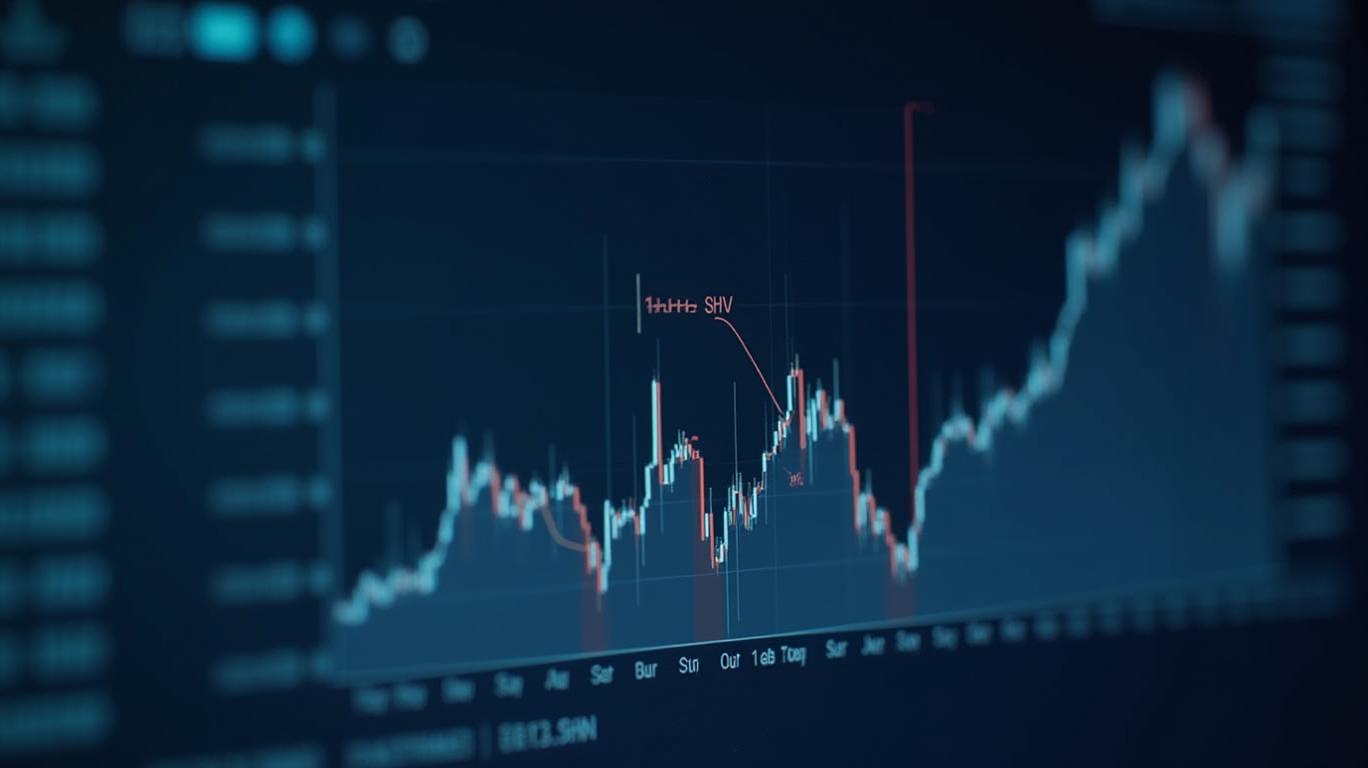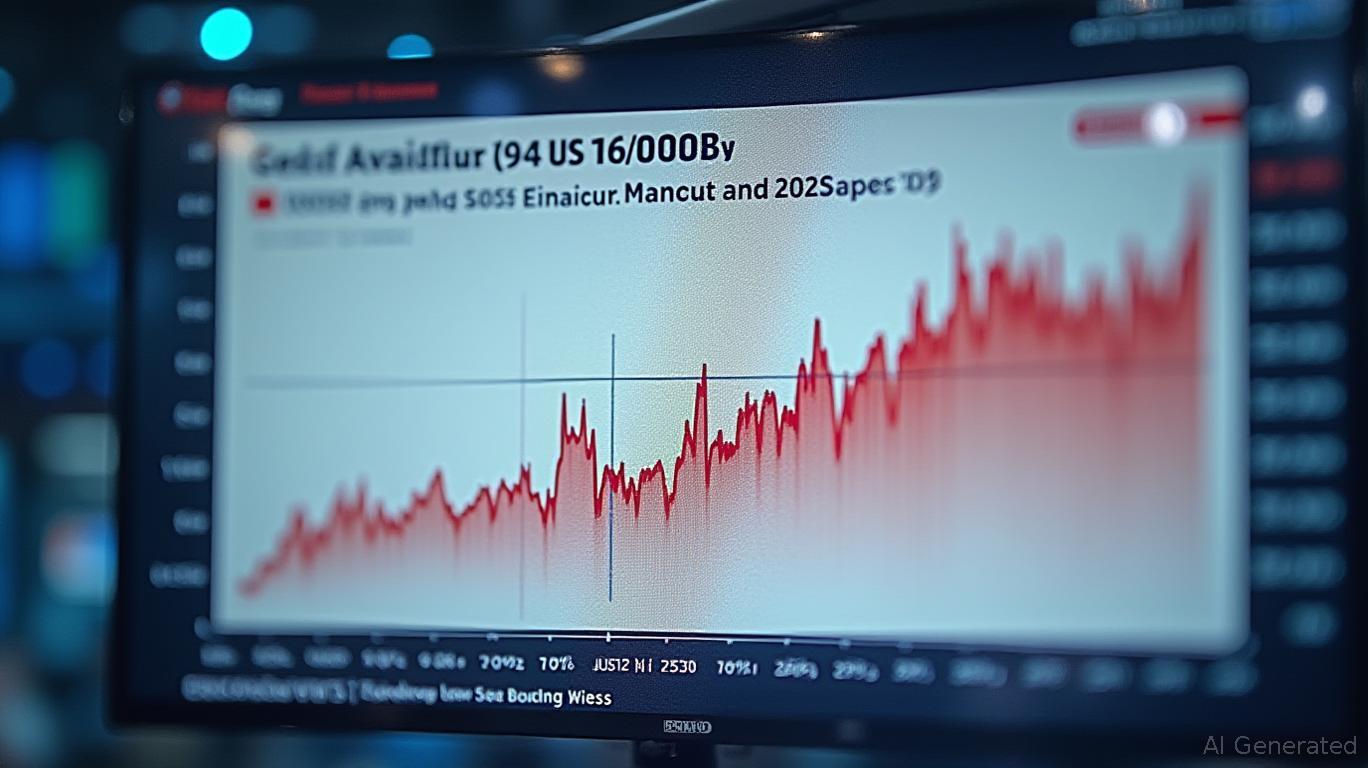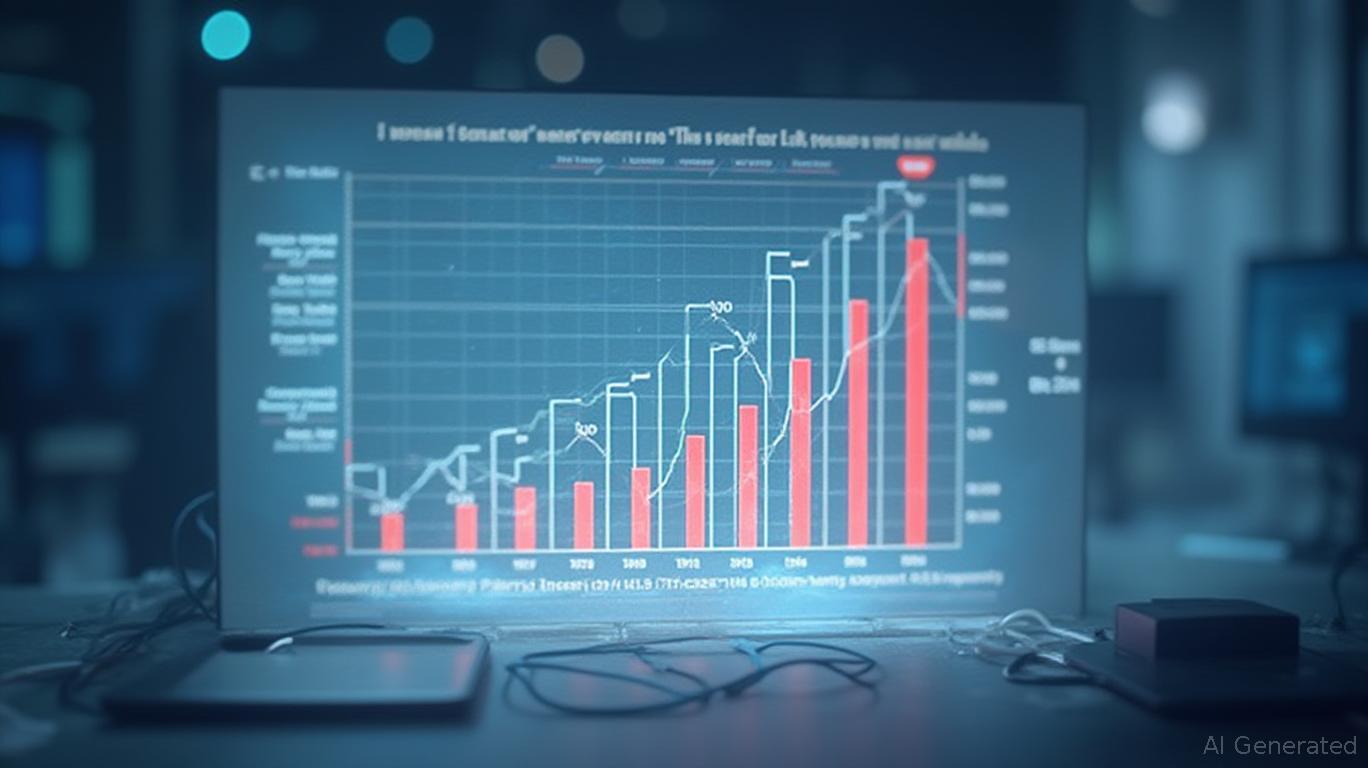Navigating Short-Term Treasury Yields: The iShares Short Treasury Bond ETF's Monthly Distribution Signal
The iShares Short Treasury Bond ETF (SHV), a cornerstone of conservative investment strategies, recently declared a monthly distribution of $0.3720 per share, reflecting the evolving dynamics of short-term Treasury yields in a shifting macroeconomic landscape. This payout, while modest, offers insights into the fund’s positioning amid Federal Reserve policy adjustments and market expectations for interest rates. Below, we dissect the implications of this distribution, its alignment with the fund’s mandate, and the broader trends shaping its performance.

The Distribution in Context
SHV’s monthly distribution of $0.3720 annualizes to a yield of approximately 4.46% (assuming a constant NAV of $110.25, as of August 2024). This aligns with its objective of tracking the ICE Short U.S. Treasury Securities Index, which comprises Treasuries with ≤1-year maturities. Historically, SHV has offered stability, with a 5.02% dividend yield in 2024, underscoring its role as a “cash equivalent” for investors seeking low-risk income.
However, the current payout reflects a slight moderation from prior periods, consistent with the Federal Reserve’s pivot toward rate cuts—projected to total 150 basis points by mid-2025. The decline in short-term yields, driven by expectations of easing inflation and economic moderation, has compressed income-generating potential for short-duration bonds.
Macro Backdrop: Fed Policy and Market Sentiment
The Federal Reserve’s pivot from rate hikes to cuts—a response to slowing GDP growth and cooling inflation—has reshaped the Treasury market. Short-term yields have trended downward, with the 1-year Treasury yield falling from 5.22% in August 螃2024 to 4.68% by April 2025. This shift directly impacts SHV’s portfolio, as its holdings reprice to reflect new rate expectations.
The fund’s modified duration of 0.25 years ensures minimal sensitivity to rate changes, but this same feature limits its ability to capitalize on rising yields. Investors should note that SHV’s low volatility (0.53% standard deviation over 17 years) comes at the cost of reduced income potential in a falling-rate environment.
Outflows and Rotation Dynamics
Despite its stability, SHV has faced $524 million in net outflows (2.3% of assets) in early 2025, as investors rotate into higher-yielding assets like corporate bonds and mortgage-backed securities. This trend aligns with the Q2 2025 bond market outlook, which emphasizes rotating out of “cash-like” instruments toward active short-term strategies.
The outflows suggest a broader theme: short-term Treasuries are losing their premium as the yield advantage over cash diminishes. While SHV remains a safe harbor for risk-averse investors, its appeal hinges on whether the Fed’s rate cuts materialize as expected.
Risks and Considerations
- Rate Cut Uncertainty: If the Fed delays or scales back its easing cycle—due to persistent inflation or stronger-than-expected economic data—short-term yields could rebound, boosting SHV’s distributions.
- Inflation Drag: SHV’s inflation-adjusted returns have lagged nominal gains over long periods (e.g., a -1.34% real return from 2015–2025). Investors should monitor the 52-week trading range ($109.91–$110.64) for signs of NAV volatility.
- Alternatives: For those willing to take on incremental risk, floating-rate notes or short-term investment-grade bonds offer better yield profiles in a low-rate environment.
Conclusion: A Conservative Play, but with Limits
The $0.3720 monthly distribution from SHV underscores its role as a low-risk, low-volatility income generator—a necessity in volatile markets. However, investors must recognize its limitations: its yield is inextricably tied to short-term Treasury rates, which face downward pressure as the Fed eases policy.
For now, SHV remains a prudent choice for cash equivalents, but its appeal will wane if yields compress further. To contextualize its value, consider these data points:
- Historical Yield: 5.02% (2024) vs. 4.46% (2025 estimate).
- Risk Metrics: Max drawdown of -0.30% (minimal loss risk).
- Outlook: Fed rate cuts could reduce income potential, but SHV’s short duration ensures quick repricing to new rate regimes.
In summary, SHV is a defensive tool, not a growth engine. Investors seeking higher returns may need to look elsewhere, but for capital preservation in a shifting rate environment, it remains a stalwart option—albeit one with diminishing yield appeal.


_442a2dcc1749832873286.jpeg)
_e68fac6d1749831664430.jpeg)






